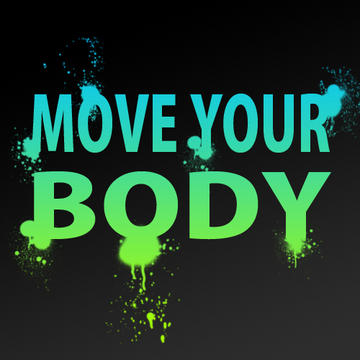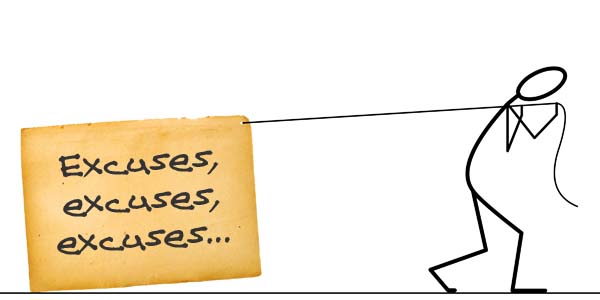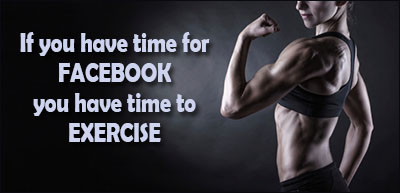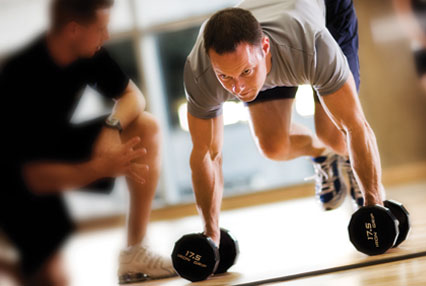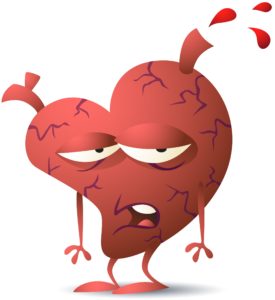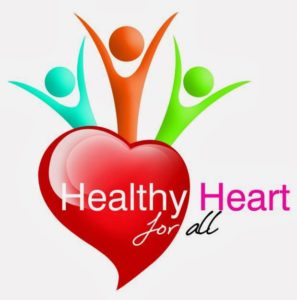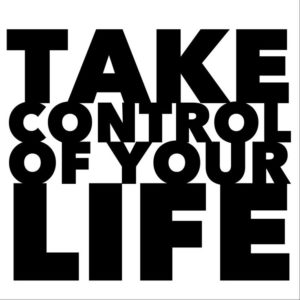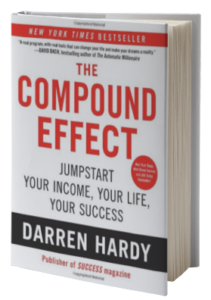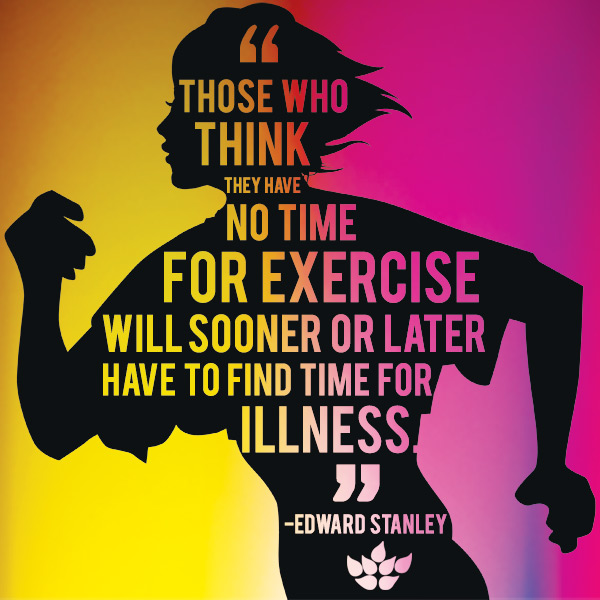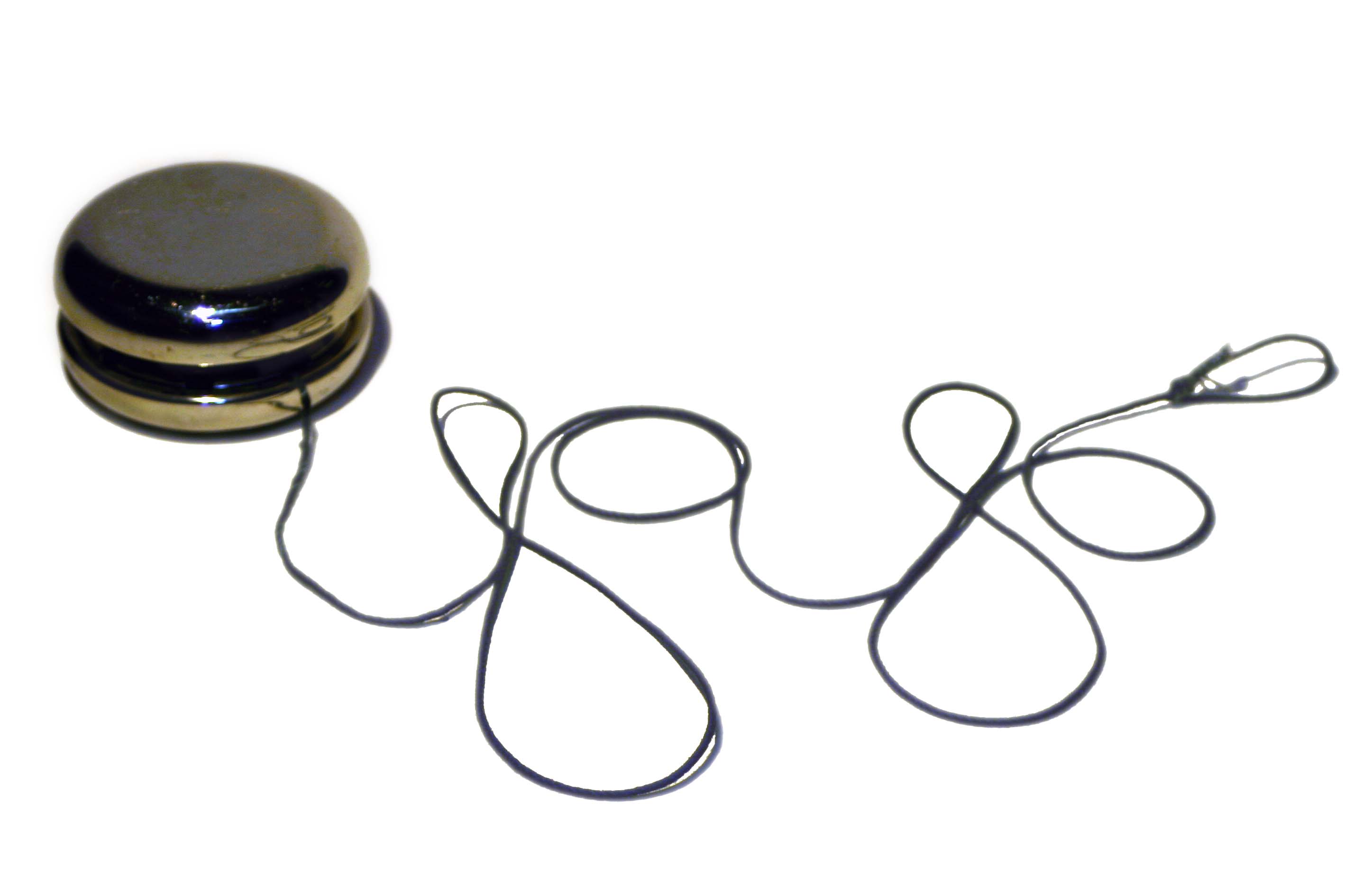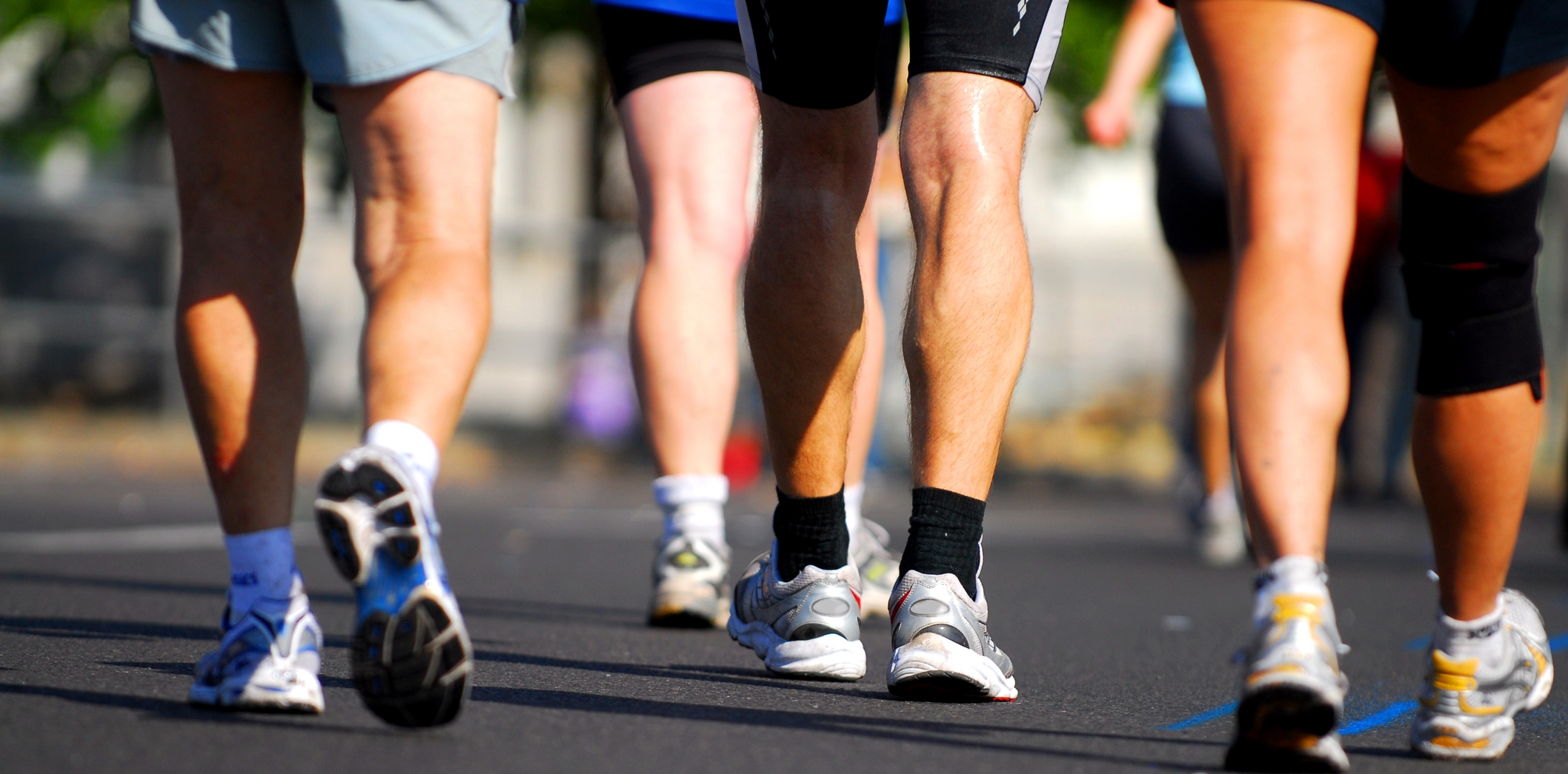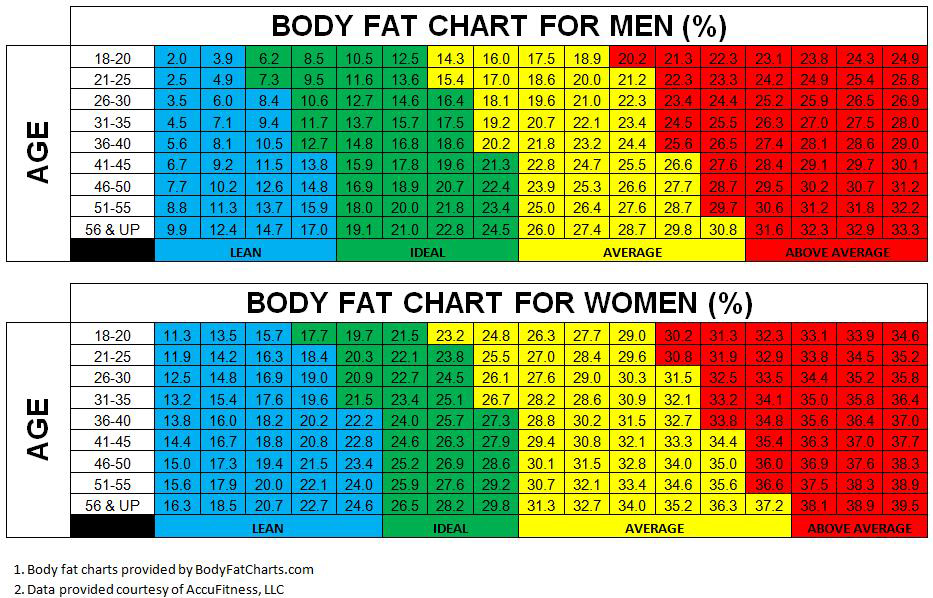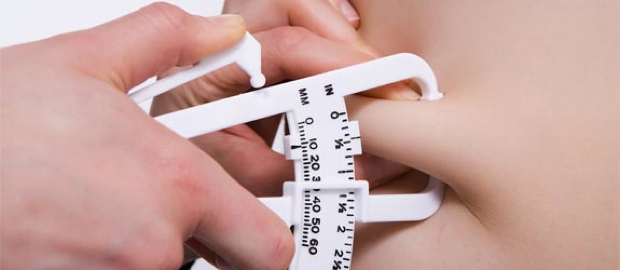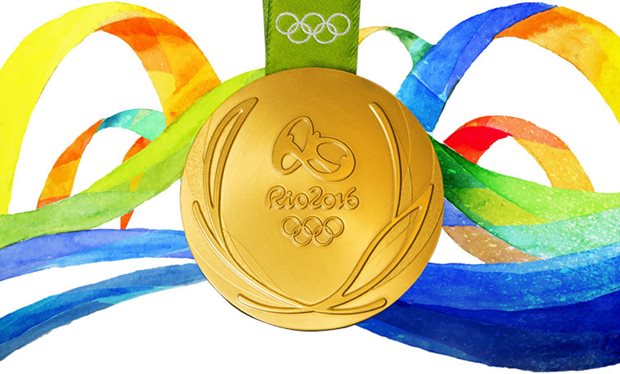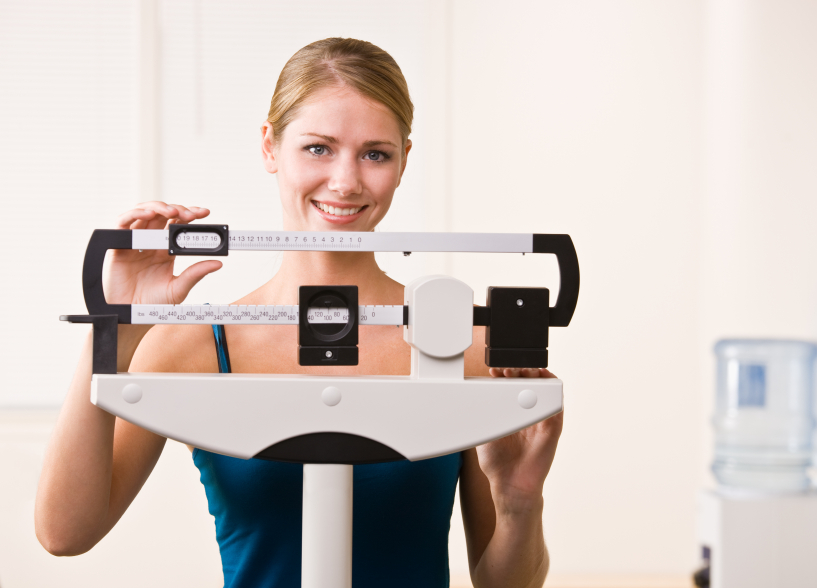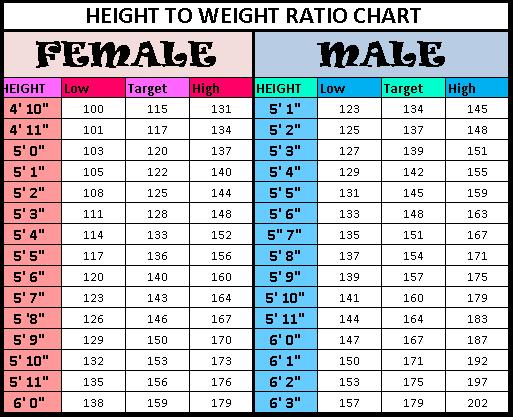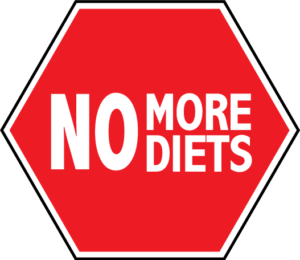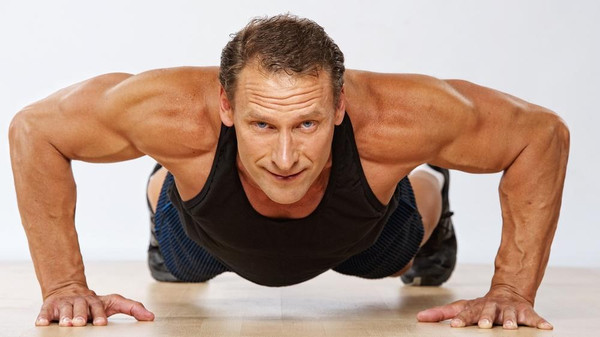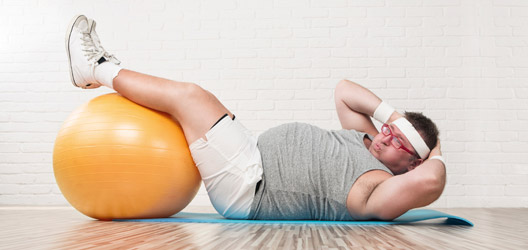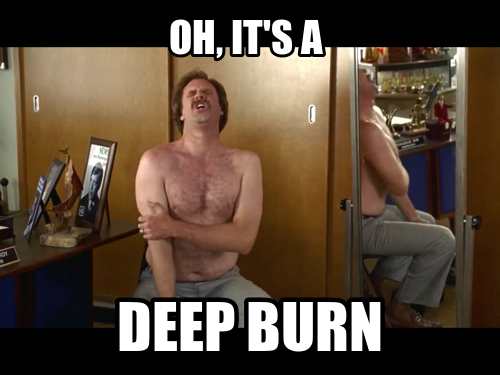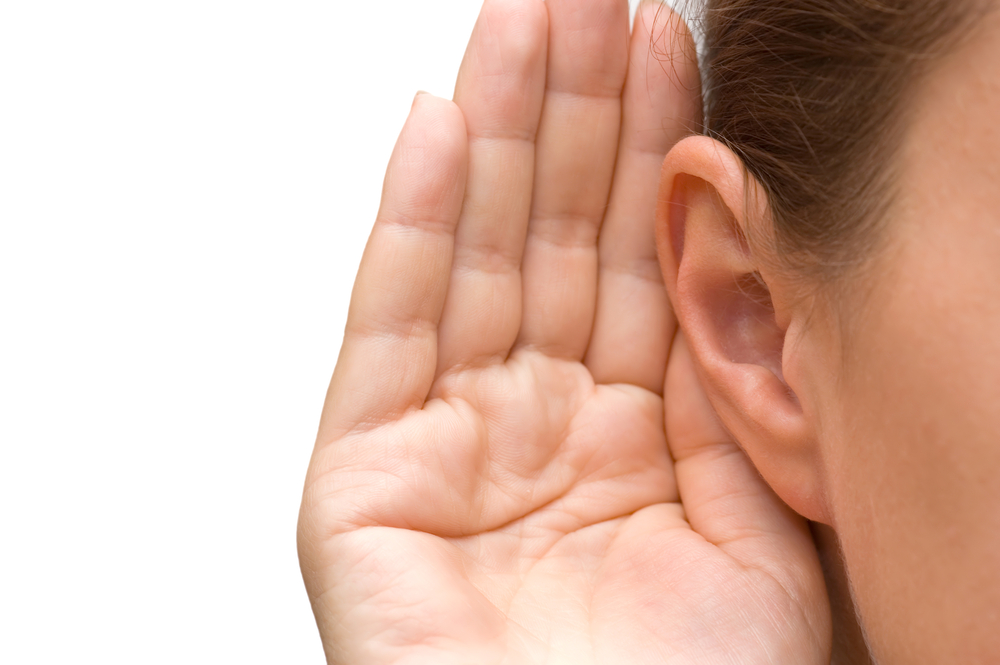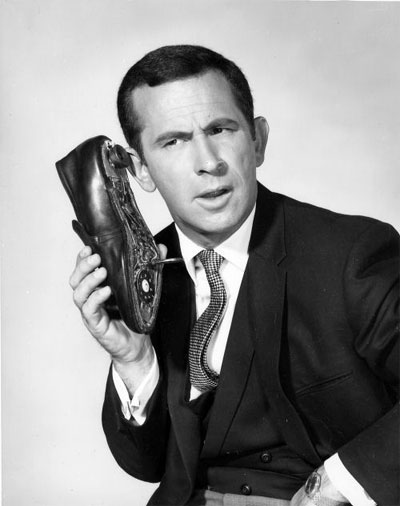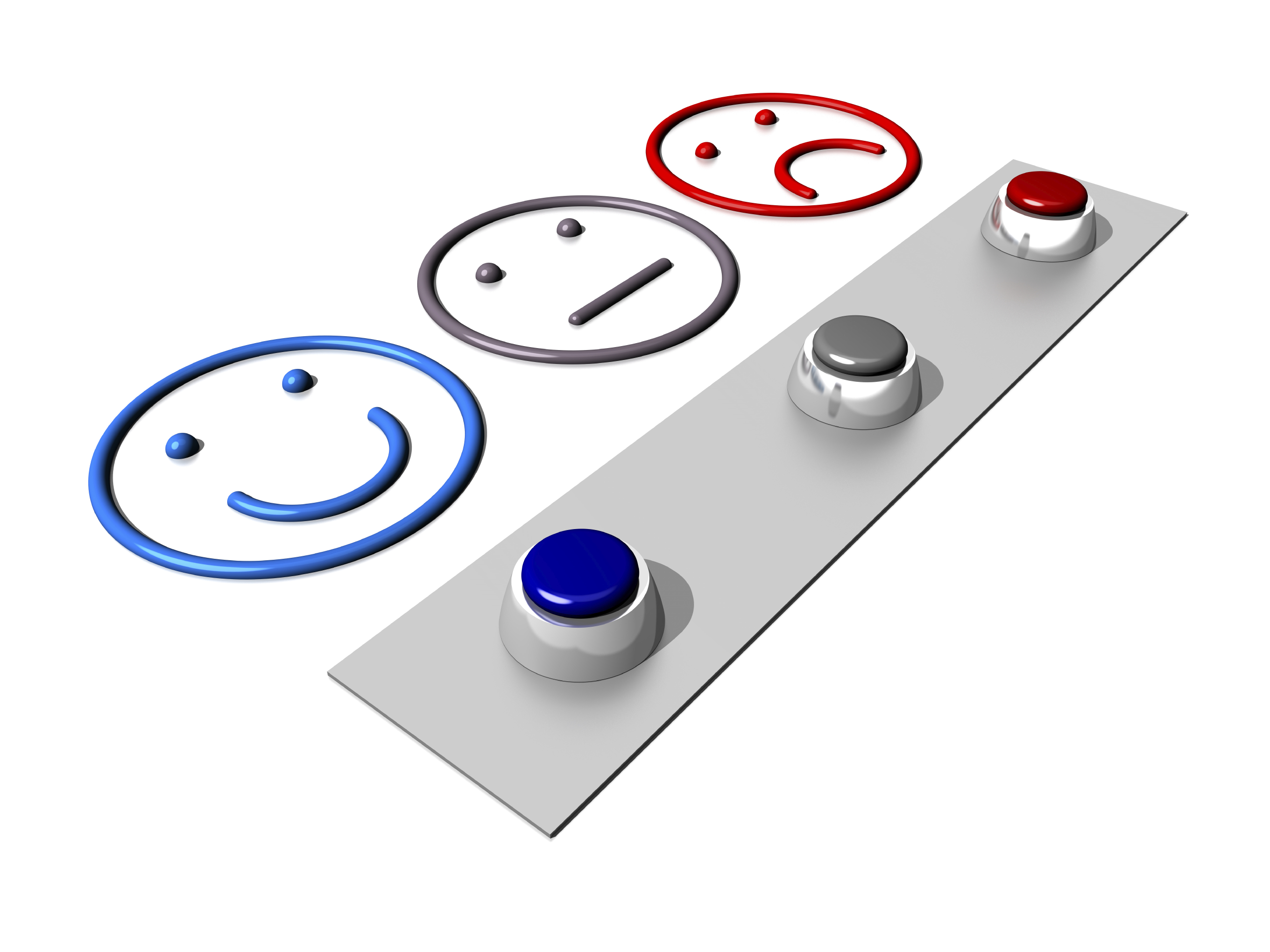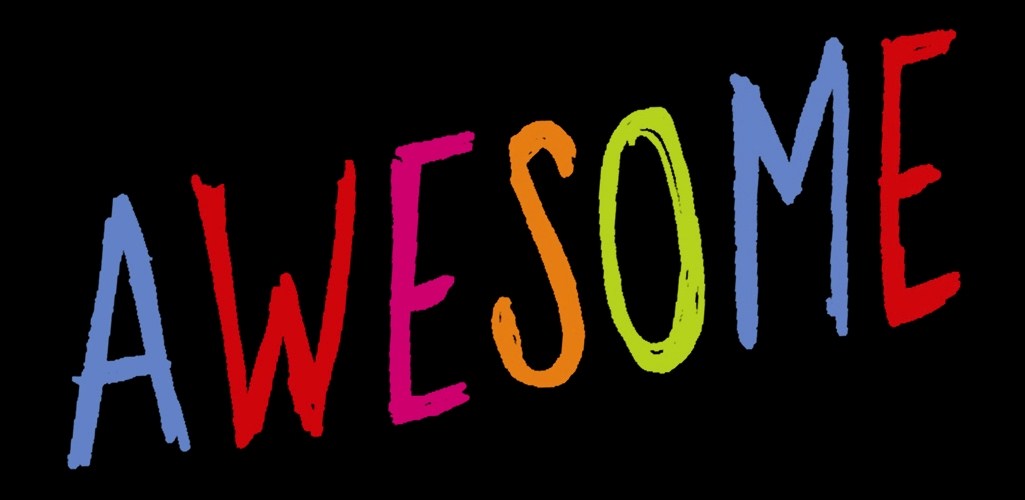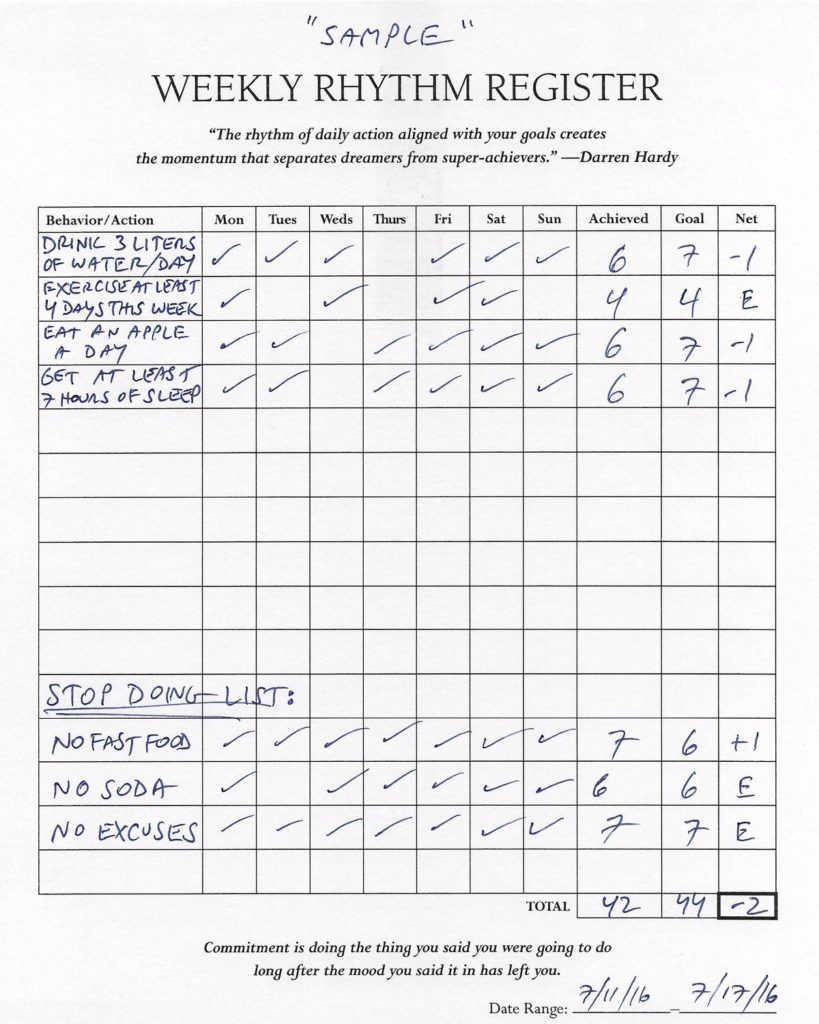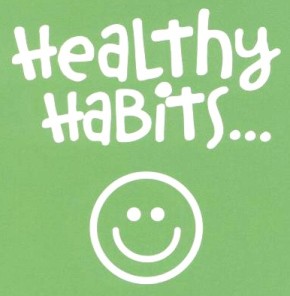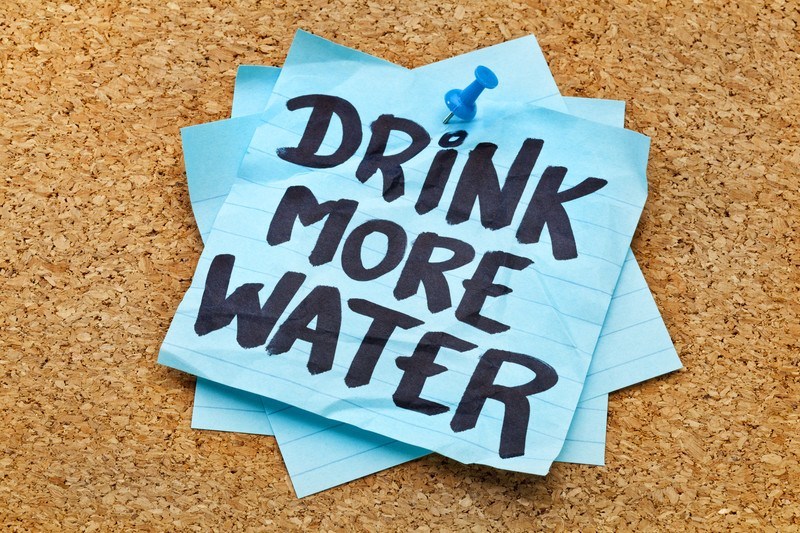Last week we discussed heart health, which included some shocking statistics. In it, I posed the question “Why wait for a life-threatening disease or illness to strike” (to get you to start exercising)?
I’d like to continue the discussion this week by focusing on the importance of moving your body as it relates to heart health.
So this week we’ll look at what impedes and motivates us to move.
Face it, you may have many reasons or excuses for not moving. So let’s start there. Make a list of the reasons why you don’t or can’t exercise.
Not sure where to begin? Let me help you get started.
For the past couple of months I’ve exercised less than I normally do as a result of some chronic pain. For the record, I hate working out with pain. It really sucks. So I guess that’s going to be the first item on my “excuses for not working out list”.
- Pain.
- Not enough time.
- Too tired or my energy level is low (so I just don’t feel like working out today).
- FULL plate at work and feeling overwhelmed.
Except for the first one, these are all lame excuses for not exercising. But don’t worry, I’m looking for ways to get back to pain-free workouts. So expect a future post on this once I discover how to kill the pain!
Without going into a lot of detail, the “not enough time” excuse can easily be solved by going to bed a little earlier so I can get up earlier without sacrificing sleep.
The “feeling overwhelmed” excuse can also be easily corrected. It’s during these times where we need that workout more than ever. It allows you to blow off steam and gain some additional energy to power through your work.
But if we allow that feeling of overwhelm to control us, guess what happens? Right, we’ll blow off the workout and dive into our work instead. Uggghh!
So take a look at your list. Do you see any patterns? Are there legitimate reasons for exercise gaps; or just lame excuses like on my list? And don’t let any so-called “legitimate reasons” trick you into rationalizing your reason for moving less or opting for the more sedentary lifestyle.
Scrutinize each one to see if it’s disguised as an excuse that needs to be eradicated. Then find something to get motivated about, and plan your next workout.
As I think about it, I believe that I’m speaking to two audiences here. The first group exercises, but not enough. Maybe once or twice a week. The second group is sedentary and doesn’t exercise at all. In either case, I think we can all learn something here from each other.
An active lifestyle that includes regular exercise, defined as 3 to 5 days a week, has been proven to be beneficial. Check that, regular exercise has been proven to be essential to your health & wellness. And the advantages of regular exercise are not only limited to medical benefits.
Exercise can improve our mood, memory, and attitude.
Exercise increases our energy level. And brain health in the form of clearer and more focused thinking.
As we age, exercise helps us maintain muscle mass, bone density, and balance.
So help me understand why you can’t squeeze in a few hours of exercise during your week. You’ve got 168 of them to work with (hours that is).
Need some inspiration?
Let’s shift gears and take a look at what motivates us (or could motivate us) to exercise.
I’ll jump in to help get you started. Here’s my Top 10 list of what motivates me to exercise:
- Looking and feeling great.
- The sense of accomplishment.
- The euphoric feeling I get when I’m done. I equate this to a runner’s high. Don’t worry, it’s legal in all 50 states.
- Momentum. I don’t want to lose it.
- If I’ve missed a few days, my body tells me “I need this workout!”.
- When I’m in the zone, adding an extra workout for the week is very motivating.
- I want to live to at least 100 years young with an incredible quality of life the entire time.
- I want to be a role model to my family, friends, and everyone I encounter.
- Approaching it from the other side, I don’t want to have a heart attack or a stroke.
- And I don’t want to be diagnosed with type 2 diabetes or Alzheimer’s.
What’s on your list. Think about it and write them down. These can be the catalyst to help you take action on those days when you’re not feeling it and need a jump-start.
So what does moving actually mean?
It can mean many things. Perhaps it’s based on your age, fitness level, health & wellness goals, medical condition, injuries, environment, and desire to be in great shape.
Or to just take better care of the one body that you’ll ever own.
Next week we’ll discuss where and how to add exercise to your day.
For now, make your two lists – the ‘reasons’ you don’t exercise; and ‘what’ motivates you (or would motivate you) to exercise. And see if this video gets you to Move Your Body.
Then leave a comment.
I hope you found value in this post.
Thank you for sharing your time with me. I’d love for you to let me know what you think by leaving a comment. Is the content valuable and helpful? Did anything resonate? Will you take action? What else would you like to see in future posts? I welcome your feedback.
What’s your Win to be Thin?
If you know someone that can benefit from this content, please share it with them. And if you like what you see, you can SUBSCRIBE for automatic updates, LIKE US on Facebook, and spread the word about www.thin2win.net with your friends, family and social circles.

